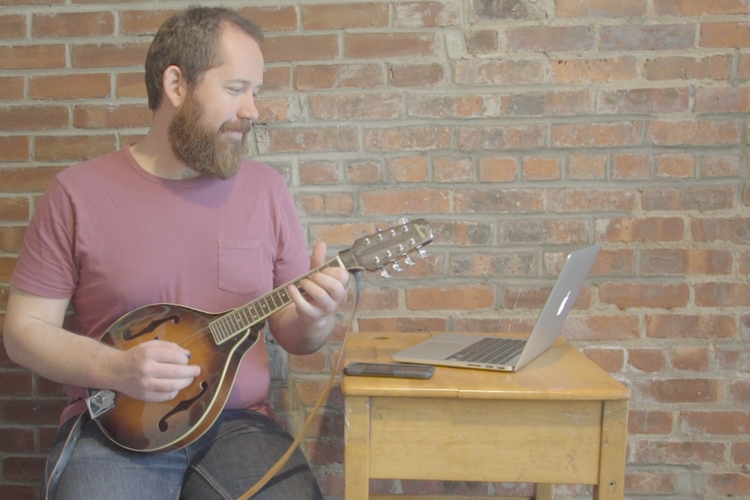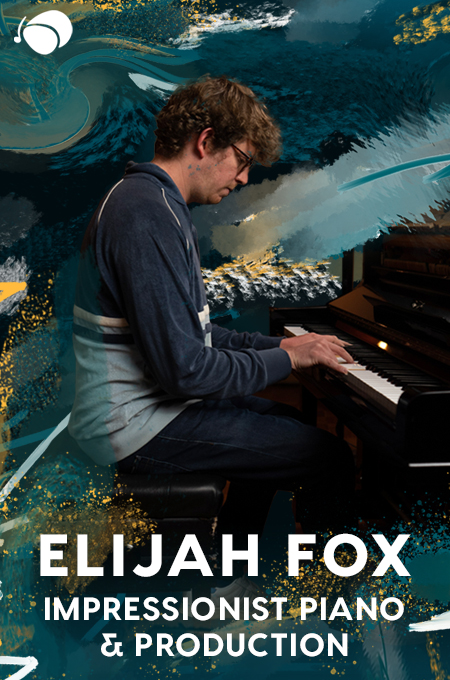For artists, depending on your patrons’ support is a practice as old as time. But these days it goes by another name: crowdfunding. You’ve probably already considered a crowdfunding campaign at some point in your career, and you’ve definitely already seen other musicians in your circle fund (or attempt to fund) their projects this way. It’s one of the best tools that independent artists have to raise money to record, tour, and produce their work; not to mention a powerful method of boosting your band’s online presence.
But it’s actually not as easy as people think, creating a successful crowdfunding campaign takes months of planning, thinking through your strategy and message, and, of course, choosing the right platform to host your project.
In this article, we’re only going to cover the big three: Kickstarter, Indiegogo, and Patreon, but you can head over to Soundfly’s Crowdfunding for Musicians course for a more in-depth analysis of the available options, as well as tons of resources to help you through your campaign. In fact, we just made this course free so browse all you want and get the most out of the resources we offer to help your forthcoming campaign along!
There are so many different angles to achieving crowdfunding support. All three of these platforms are easy for musicians to use, and each offers a slightly different model with different perks.
Kickstarter: Go big or go home.

Musicians with big goals who know how to market themselves (or are ready to learn) should look no further. Kickstarter is arguably the most popular platform for projects across industries, and there’s no secret as to why. Kickstarter raises more money than Indiegogo, their biggest competitor, by a lot — over three times as much.
The company has serious brand recognition, drawing more attention from bloggers and journalists, and boasting a network of deep-pocketed donors who are happy to give a project a hand if it lands on Kickstarter’s coveted front page or e-mail features. However, before you get too excited, it’s not all disco and dollar signs…
Creating a Kickstarter campaign that catches that kind of attention requires a lot of work (in fact, musicians often have a hard time getting featured). And if your project doesn’t fund completely before the deadline, you walk away empty-handed. Their model only accommodates fixed funding, meaning if you don’t reach your funding goal, none of your backers get charged, and you get zip.
There is a lot that goes into creating a successful Kickstarter, but if you have the time to put in the work planning rewards, writing a compelling ask, shooting a great video, personally e-mailing your friends, family, and fans, and staying active on social, you’ve got a good shot at collecting big.
Bottom line: Kickstarter is perfect for artists with a specific fundraising goal, a discrete project in mind, a uniquely strong fan base, and a lot of know-how and time to put in to converting fans into donors. Kickstarter is NOT the platform for a casual campaign to fund your day-to-day music career.
Indiegogo: Take what you can get.

As Kickstarter’s biggest competitor, what Indiegogo lacks in pizzazz it makes up for in flexibility. Where Kickstarter projects must secure full funding for artists to be paid, Indiegogo allows you to create a flexible funding campaign, whereby any money you raise, you keep (minus fees). This is one of their main advantages over Kickstarter.
And Indiegogo is also more targeted than it’s broad counterpart. It’s the preferred platform of independent artists, while Kickstarter’s users include inventors, small businesses, filmmakers, and more. Otherwise, the bones of both platforms are essentially the same. It’s equally easy to set up your asks, define your rewards, and upload your video on either Indiegogo or Kickstarter.
Indiegogo may be a better option if you are not depending on your campaign to raise all the money you need to fund your project, or if you’re unsure of how much time you’ll be able to spend marketing and connecting with your supporters. The techniques for running a successful campaign are essentially the same for either, but there’s less pressure when you know your efforts will pay off no matter how much you raise.
Here’s a handy chart for comparing the numbers between the big two:

Bottom line: Indiegogo is ideal for artists who are just testing out the idea of crowdfunding, who aren’t confident in how monetizable their fan base is, and/or who are working on a project that they can produce on a flexible budget.
Patreon: Keep them coming back with subscriptions.

For some musicians (or some types of projects), the traditional crowdfunding model doesn’t work. Either they don’t feel comfortable asking friends and fans to donate in a big, lump sum, or they don’t want to spend the time marketing when they could be writing, rehearsing, and recording. Or, most typically, their need for funds isn’t limited to just one project — their music work, and their funding needs, are ongoing and fluid.
Enter subscription crowdfunding, a different method developed by Patreon. Patreon was not developed to fund a singular major project, like an album release, music video, or nationwide tour. Rather, it’s meant to provide musicians and other content creators with a small but steady stream of income by allowing fans to pledge money monthly towards their favorite artists’ future content releases.
Through Patreon, musicians can set up a profile where they’ll share their music videos, songwriting sessions, and other content with engaged fans — and get paid real money to do it. If you’re regularly creating new content that you know your fans would love, and would like to see monthly income from your work, this platform is for you.
Bottom line: If you’re constantly working on new projects and have the time to frequently turn those projects into bite-sized, sharable content — behind-the-scenes videos, new song downloads, stories, or artwork — Patreon is the right platform. But monthly donors may expect monthly content. If it takes you a year to put out new music, consider one of the other platforms.
There are lots of steps that go into planning a successful crowdfunding campaign, but choosing the platform that best fits your project, goals, and resources is the first. You’ll also need to create a compelling ask, choose rewards that motivate donations, and plan a marketing campaign that gets your project seen, shared, and funded.
Which crowdfunding platform are you planning to use to fund your project, and why? Share your story in the comments, and visit our free course, Crowdfunding for Musicians, to find out how you can ride the tide of success with your own campaign!




